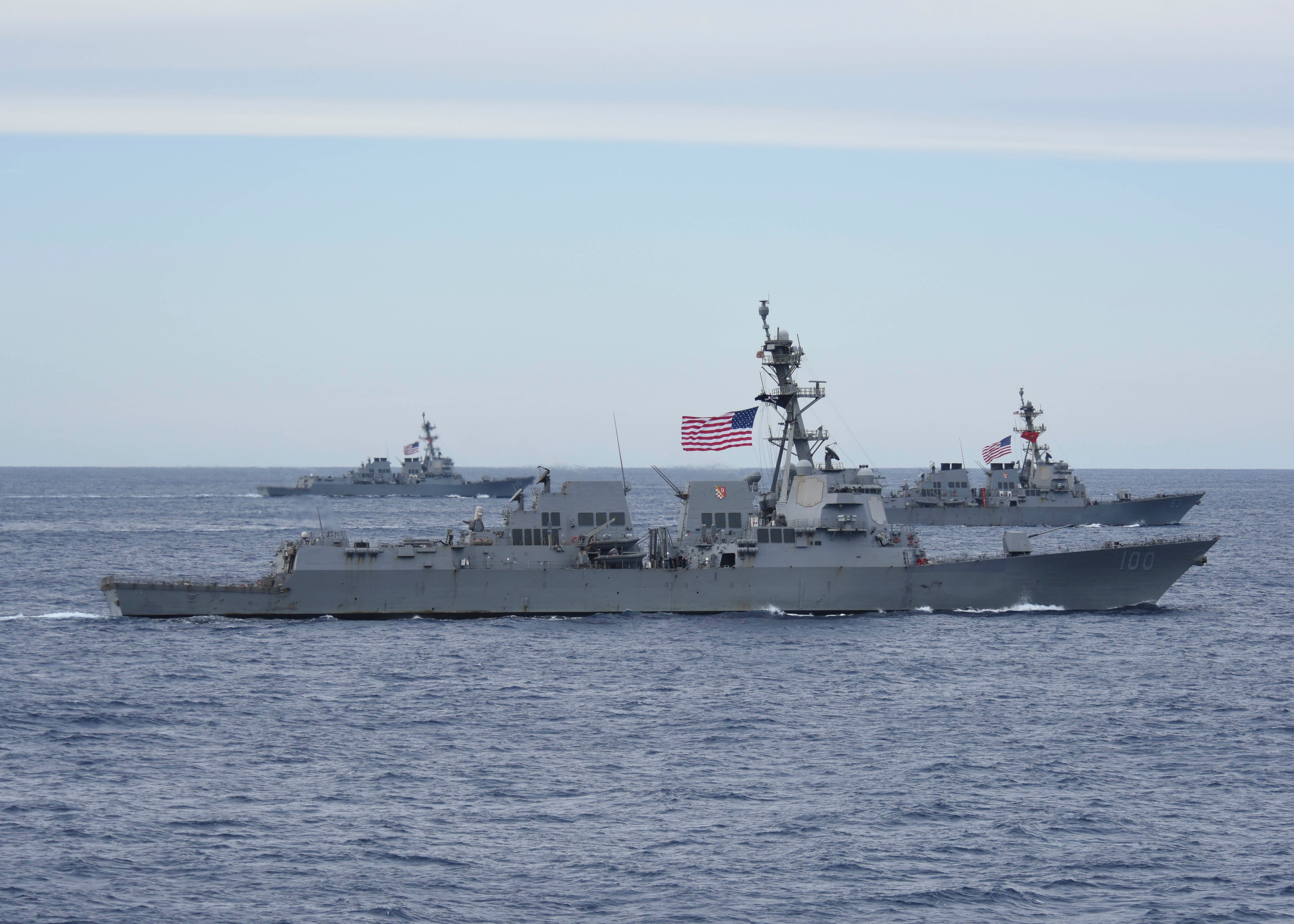WASHINGTON — Achieving a 355-ship Navy is now national policy, but the goal is still a long way off.
When U.S. President Donald Trump signed the 2018 National Defense Authorization Act on Tuesday, it included a provision sponsored by Senate Seapower Subcommittee Chairman Roger Wicker and his House counterpart, Rep. Rob Wittman, that calls for the country to build up to 355 ships “as soon as practicable.”
The provision is contingent on the requisite appropriations, which means it’s anything but a sure bet.
“With his signature, President Trump has confirmed the United States’ resolve to meet the growing needs of our U.S. Navy,” Wicker said in a statement. “Building up our nation’s fleet is essential to protecting our national security and projecting American power around the globe.
“We are asking too few ships to do too many things, and today the President took a major step toward rectifying that problem.”
The so-called SHIPS Act doesn’t lock in any money or set any specific timeline, but is more a signaling of Congress’ intent to work toward that goal. The provision will give proponents of a naval buildup something to hang their hats on as they push for the larger Navy Trump promised during the campaign.
“This is a helpful move, if largely symbolic,” said Bryan McGrath, a retired destroyer captain and consultant with The Ferrybridge Group.
The move by Wicker, R-Miss., and Wittman, R-Va., is a way of holding Trump accountable for his promises, McGrath continued.
“It’s interesting to see two stalwart Republican sea power advocates who feel the need to put this into legislation,” he said. “It’s a sign not only of uneven support from others on the Hill, but also a sign of growing impatience with the Trump administration’s vigor in following through on campaign promises.”
The 355-ship Navy has become an increasingly remote possibility, as hope has begun to fade that Congress will ever find a solution to its self-imposed budget caps under the Budget Control Act.
Defense Secretary Jim Mattis testified earlier this year that it would take 3 percent to 5 percent budget growth over inflation to support that kind of a buildup, something that would be impossible under the BCA.
A recent report by influential budget analyst Todd Harrison with the Center for Strategic and International Studies raised doubts about whether the Navy could even afford a 355-ship Navy, given that it’s struggling with ballooning costs for its current 277 ships.
The report showed that between the peak defense budget year of 1987 and 1997, the number of ships declined by 40 percent and the budget fell by about 35 percent. But between 1997 and 2015, the size of the fleet shrank another 20 percent, but the base budget grew by nearly 50 percent.
RELATED

David B. Larter was the naval warfare reporter for Defense News.




